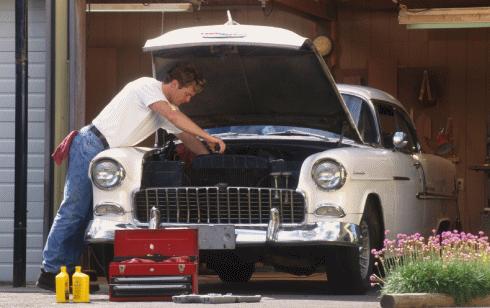For many of our clients who at lease-end are looking to replace their vehicles, we are finding that payments on the very same models only three and four years later are (and to their surprise) close to and sometimes in excess of $200 more!
In our research, we have discovered this to most often be the case with Vans, SUVs and Trucks from all manufacturers, and most German and other European makes/models. Here’s why:
As broadcast on the news or as plastered across magazines and newspapers for the past several months, we have all heard about vehicle manufacturers and banks offering vehicle loan/leasing programs who were losing tens-of-millions of dollars. On the surface it would seem that those lenders and manufacturers were losing money because of a reduction in sales volume and gross profits. A closer look revealed that a significant percentage of those losses were due to poor statistical data and weak lease-end value estimations.
Leasing 101: when leasing a vehicle, a consumer pays primarily for two things – depreciation and interest. In other words, the consumer pays for the difference between the residual (estimated lease-end) value of a vehicle, and the cap cost (initial selling price), plus interest and any associated vehicle licensing and bank acquisition fees (commonly referred to as document, tax, license, registration, tire and bank fees).
What manufacturers and banks were and are still finding is that at lease-end, when vehicles are being returned to them, the residual values used and estimated at lease inception were skewed and inflated, and sometimes in the thousands of dollars. In other words, banks and manufacturers wrote leases estimating that their vehicles would be worth a certain dollar amount at lease-end, only to find that three and four years down the line that those vehicles (for a number of different reasons including gasoline prices, the economy, vehicle supply and demand, etc.) were worth far less at lease-end than anticipated. For each deficient dollar, those manufacturers and banks endured losses. Thousands of dollars in losses per vehicle across millions of vehicles amounts to a significantly large amount of money, making it no surprise that those very same manufacturers and lenders would have a “shift” in their thinking.
Now, three and four years later, manufacturers and banks (though far fewer) are still writing vehicle leases using estimated residual values generated from statistical data, only they’ve learned their lesson, and are not only doing what they can to avoid any future losses, but (in some cases) making the consumer pay for those losses!
Today’s leases are being written with residual values far lower than what they once were, sometimes appropriately well-adjusted, and sometimes so grossly inappropriate that payments to buy a vehicle are only a few dollars more than those to lease the very same car. The lower the residual values are, the greater the amount of depreciation that is left in the hands of the consumer to pay for. The greater the amount of depreciation, the higher the lease payment.
In short, and though they can still be a good tool from a business standpoint, leases today (for most, but not all) makes and models are not what they were three and four years ago. They’re more expensive.
On a postive, we believe that because these newer residuals are lower, that there is a greater possibility that the consumer who leases a vehicle now may have equity at the end of their lease.
If you’re looking to lease a new vehicle or to replace a vehicle you are currently leasing, allow us to help you do the math and to evaluate the complexities and intricacies of your situation. Depending on the vehicle you’re looking for, you may find that over the last three years or so, that either you or the vehicle you’re considering is no longer a good lease candidate. We’ll help you figure it out, and make recommendations that are right for you.
18
11, 2015






